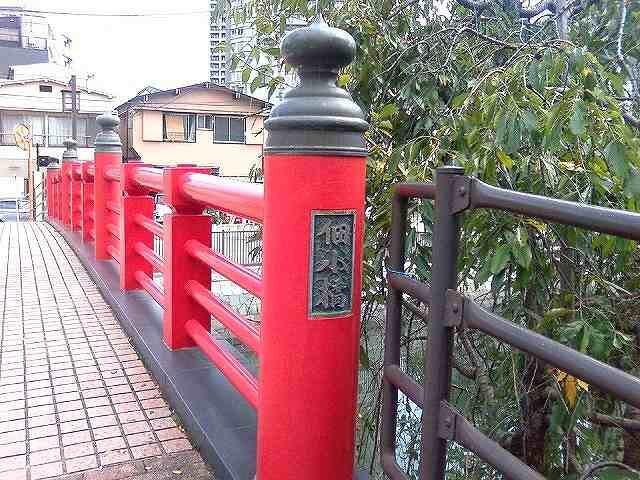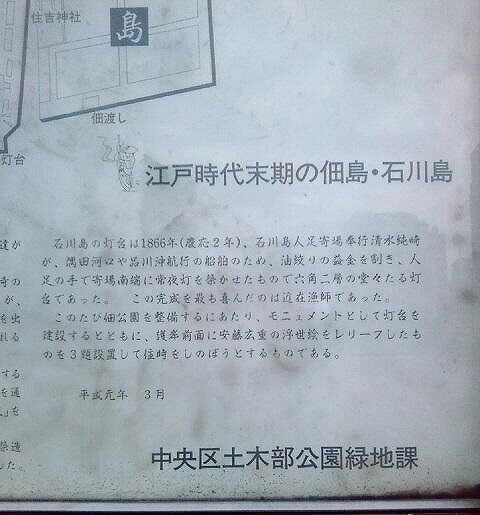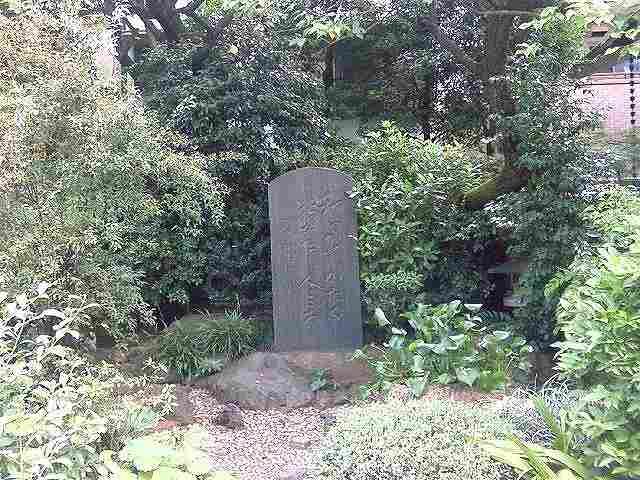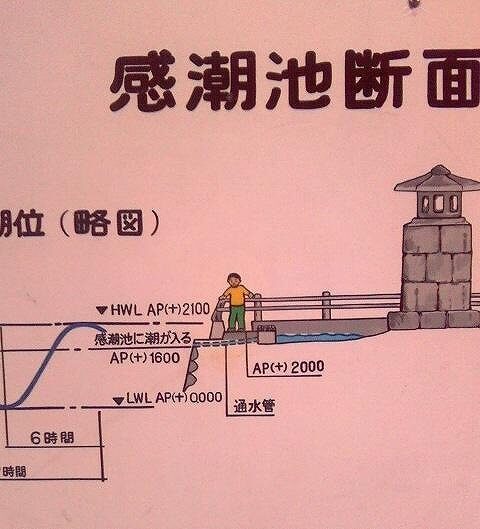This Sumiyoshi Shrine is the same as the origin of Tsukuda Island. 33 fishermen from the village of Tsukuda in Settsu Province’s Nishinari County (near today’s Nishiyodogawa Ward in Osaka City) moved to Edo and Tsukuda Island, and it is said that the Shinto priests came with them.
The shrine was built in 1646 (1646), and was named Sumiyoshi Shrine. The shrine was built in 1646 (Shoho 3), so it has a history of around 360 years.

There are about 600 Sumiyoshi shrines in Japan, and there are Sumiyoshi Taisha (Sumiyoshi Ward, Osaka City), Sumiyoshi Shrine (Shimonoseki City, Yamaguchi Prefecture), and Sumiyoshi Shrine (Hakata Ward, Fukuoka City) as shrines originating from the Sankan (Three Hans) conquest, which is considered to be the three great Sumiyoshi and refers to the military campaign against Shilla that Empress Jingu, mother of Emperor Ohjin, conducted in the Empress Nakai of the Nihon Shoki. Sumiyoshi Shrine here is a shrine that was promoted from the shrine that originated from the conquest of the three Koreas.
Kanjin means to persuade believers and volunteers to pay for the construction or repair of a temple.
Suibansha (water basin house) of Sumiyoshi Shrine
Suibansha is also called Chozuya (手水屋) or Tezumiya (手水屋) and is a facility where worshippers use their hands to purify themselves.

The basic manners of Te-mizu (Te-mizu, Cho-zu) are as follows. Please master them.
(1) Hold the ladle in your right hand and wash your left hand.
(2) Next, change the ladle to your left hand and wash your right hand.
3) Next, wash your mouth with water in your left hand and wash your left hand again.
(4) Finally, stand the ladle up and let the water flow down the handle.
Ceramic oblong plaque of Sumiyoshi Shrine

Hengaku is a long horizontal frame on the upper center of the torii gate, also called yoko-gaku, which is displayed at the gate or inside a room.
The flat plaque of this Sumiyoshi Shrine is made of ceramic, which is rare.
Explanation of the water basin house and the ceramic flat plaque

Water basin house and ceramic oblong plaque of Sumiyoshi Shrine
Location: 1-14 Tsukuda 1-chome, Chuo-ku
Sumiyoshi Shrine was built in 1646 by fishermen from the village of Tsukuda in Settsu Province’s Nishinari County (Osaka City), who moved to Edo in the early Edo period.
Since its construction, the shrine has not only served as the guardian of Tsukuda Island, but also as a place of worship for people involved in water transportation.
The water basin building is made of zelkova wood with a gabled gable and tiled roof. It was rebuilt in 1869 and reconstructed in 1911.
It is estimated that the transom in the water basin was the same as the one used when the building was rebuilt in 1869.
The front of the transom has the lighthouse on Ishikawa Island and the Tsukuda ferry, the side has a sailboat and a small boat with a net, the back has a view of the shore, and the inside has scenes of the Tsukuda Island, such as ebb tide fishing, carved into the transom.
On the stone water basin, there is a sign that reads, “Shiroko-gumi, Shoho 12 (1841),” and it was donated by the cotton wholesalers’ association.
The flat plaque above the main torii gate is a rare ceramic piece, with the forehead inscription and cloud patterns dyed in gosu on a white background. It was made in June 1882 (Meiji 15), and the author of the inscription is Prince Takahito Arisugawa.
Both the suiban-yasha and the ceramic oblong plaque are registered as Tangible Cultural Properties of Chuo City.
March 1997
Chuo-ku Board of Education






